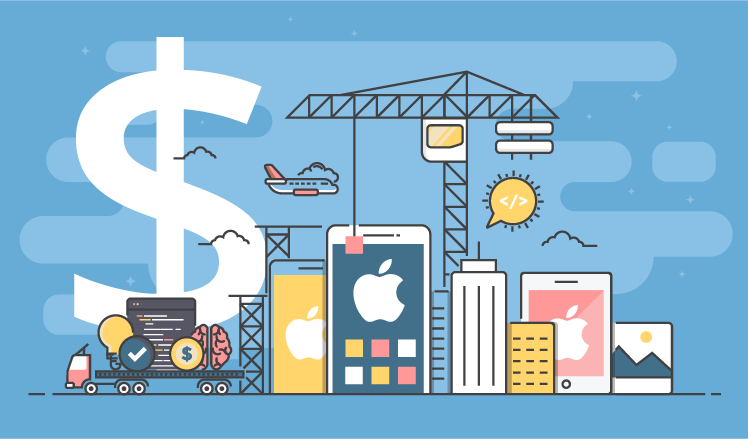Building a Successful iOS App: A Step-by-Step Development Guide

Introduction:
Creating a successful iOS app involves a carefully planned journey. In this step-by-step guide, we’ll walk you through the key stages of iOS app development, helping you navigate the process with ease.
Step 1: Define Your App Idea:
Before diving into development, crystalize your app idea. What problem does it solve? Who is your target audience? Clearly defining your concept lays the foundation for a successful app.
Step 2: Conduct Market Research:
Research existing apps in your niche. Identify what works well and where there are opportunities for improvement. Understanding the market landscape helps you position your app effectively.
Step 3: Design the User Interface (UI):
Create a user-friendly interface. A well-designed UI enhances the user experience, making your app more appealing and easy to navigate. Consider adhering to iOS Human Interface Guidelines for a seamless design.
Step 4: Choose the Right Technology:
Select the appropriate development tools and frameworks. Swift and SwiftUI are popular choices for iOS development. Ensure compatibility with the latest iOS versions to stay current.
Step 5: Develop a Prototype:
Build a prototype to visualize your app’s functionality. Prototyping allows you to identify potential issues early on and gather feedback for improvements.
Step 6: Code Your App:
Start coding your app based on the prototype. Break down the development process into manageable sprints, addressing one feature at a time. Regular testing during development is crucial for bug detection.
Step 7: Test Rigorously:
Thorough testing is key to a successful app. Test for functionality, usability, and performance. Consider beta testing with a small group of users to gather valuable insights.
Step 8: Polish and Refine:
Refine your app based on user feedback. Address any issues, enhance features, and ensure a smooth user experience. Iterative refinement is a crucial part of the development process.
Step 9: Prepare for Launch:
Create a compelling app store listing. Develop a marketing strategy to generate buzz before launch. Ensure all legal and technical requirements are met for a successful App Store submission.
Step 10: Monitor and Update:
After launch, monitor user feedback and app performance. Regularly update your app to introduce new features, fix bugs, and stay ahead of the competition.
Conclusion:
Congratulations on reaching the end of our step-by-step iOS app development guide! Remember, successful app development involves careful planning, continuous refinement, and staying attuned to user needs. And as you embark on this exciting journey, consider the nuances of iOS app development cost to ensure a well-rounded approach to your project.


